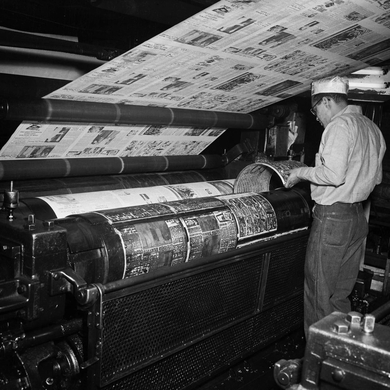In 1526, Babur, a Central Asian Muslim prince, stormed into the northern Indian subcontinent and established the Mughal Empire, a dynasty that would endure for over 300 years. Babur seized the Delhi Sultanate, then ruled by Ibrahim Lodi, and, tracing his lineage to Genghis Khan, named his new empire after the Persian word for Mongol. By 1560, the Mughal Empire had entered its Golden Age, which would last until 1660. Three rulers—Akbar, Jahangir, and Shah Jahan—reigned during this period, guiding the territory to unparalleled power and wealth. Their leadership saw a flourishing of art, architecture, and craftsmanship, and monuments like the Taj Mahal were erected to symbolize their grandeur. At the V&A, an exhibition of 200 artifacts now offers a glimpse into this golden age of miniature paintings, illustrated manuscripts, intricate carpets, textiles, and jeweled objects. —Jeanne Malle
Arts Intel Report
The Great Mughals: Art, Architecture and Opulence

Abu al-Hasan, Squirrels in a Plane Tree, ca. 1608.
When
Nov 9, 2024 – May 5, 2025
Where
Etc
Photo: © The British Library Collection (Johnson Album I, 30)



